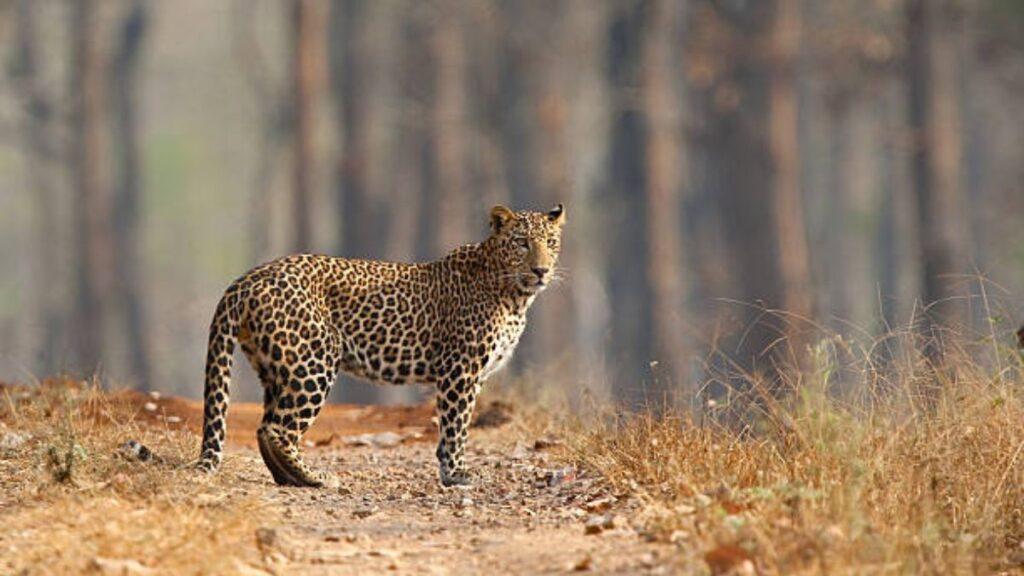Forest department captures six leopards in Junnar in five days during a special drive to prevent human-animal conflict

To reduce human-animal conflict, the forest department has launched a full-scale operation in Junnar, focusing on the Yedgaon dam catchment areas. From May 10 to 15, the department captured six leopards.
The leopards have been transported to the Manikdoh Leopard Rescue Centre (MLRC), where further procedures will be carried out, according to officials.
At least 20 camera traps and 40 cage traps have been installed near the Yedgaon Dam, covering at least ten villages. A thermal drone survey was also conducted in areas where leopard attacks occur.
This effort yielded results for the forest department, which captured at least 6 leopards from three different villages within five days, from May 10 to 15. At least three leopards were captured in Pimpal Pendhar, two leopards in Lendestal and Kalwadi, and a male leopard was captured today, May 15, in the Waman Patta area.
According to Vaibhav Kakde, range forest officer for the Junnar division, the male leopard was captured on Dattaji Waman’s farm.
“He is three to four years old and was apprehended recently. “He has been transferred to MLRC for a medical examination,” he explained.
This special drive is expected to continue for the next few days, with the department hoping to capture more leopards from the identified hotspot areas, officials said.
Three of the six captured leopards are suspected of being responsible for recent attacks on an elderly woman in Pimpal-Pendhar, an eight-year-old boy in Kalwadi, and a seriously injured woman.
The forest department must follow several procedures after capturing the leopards, according to Amit Bhise, assistant conservator of forest, Junnar division. “After the leopard is captured, a medical test is conducted to check its health. We also observe its behavioral pattern to determine whether it is dangerous. If all results are positive, the leopard will be released back into the wild (possibly in a different area). If a problem is identified, we will apply for permission to keep the leopard in captivity for the rest of its life.”
This special drive is expected to continue for the next few days, with the department hoping to capture more leopards from the identified hotspot areas, officials said.






